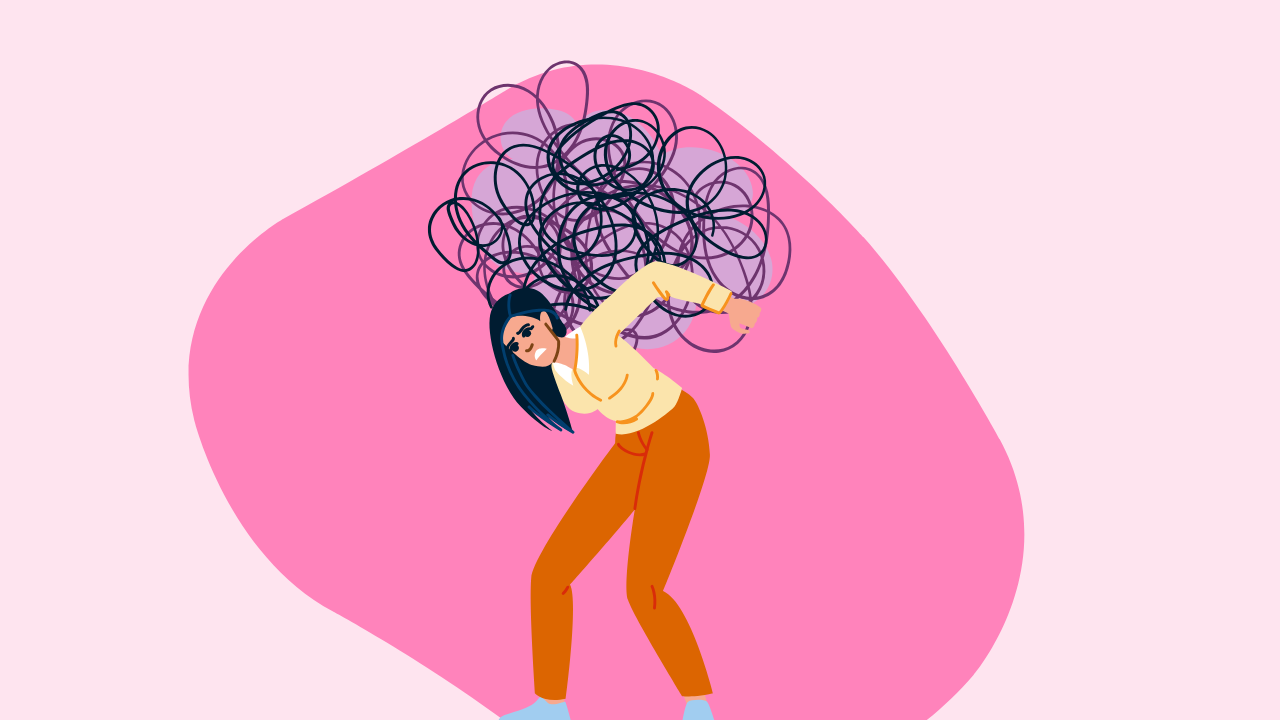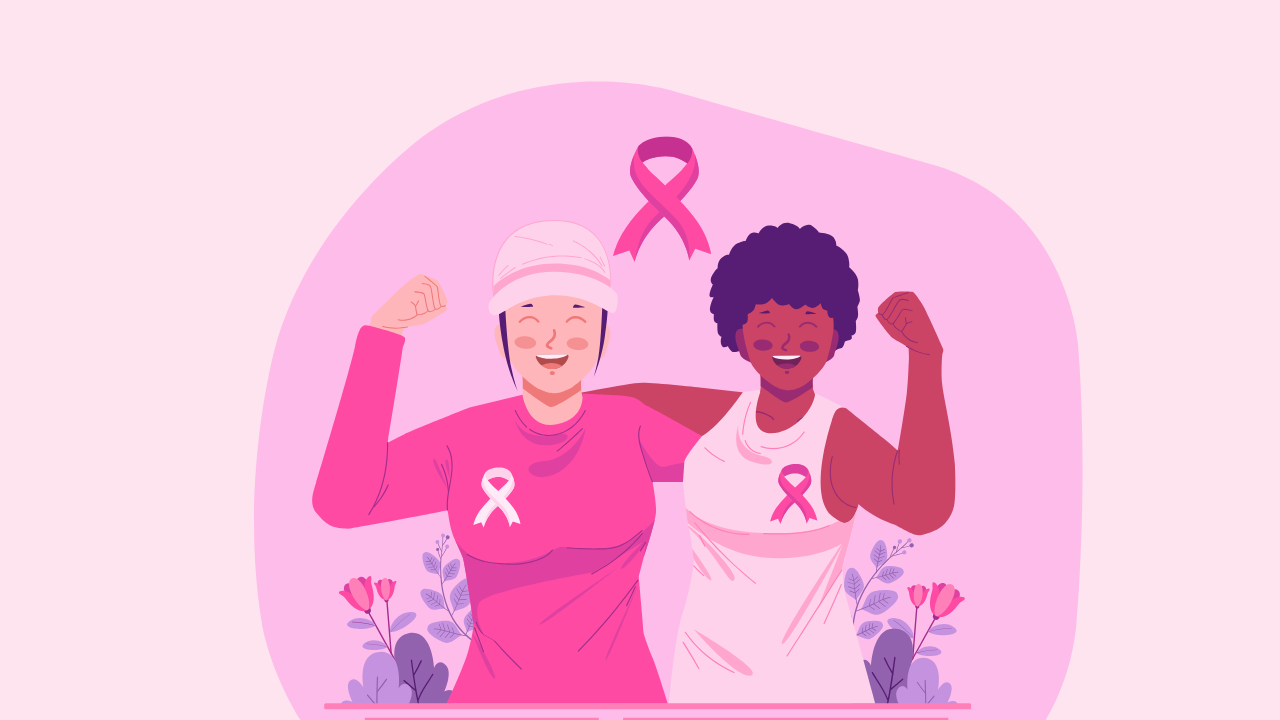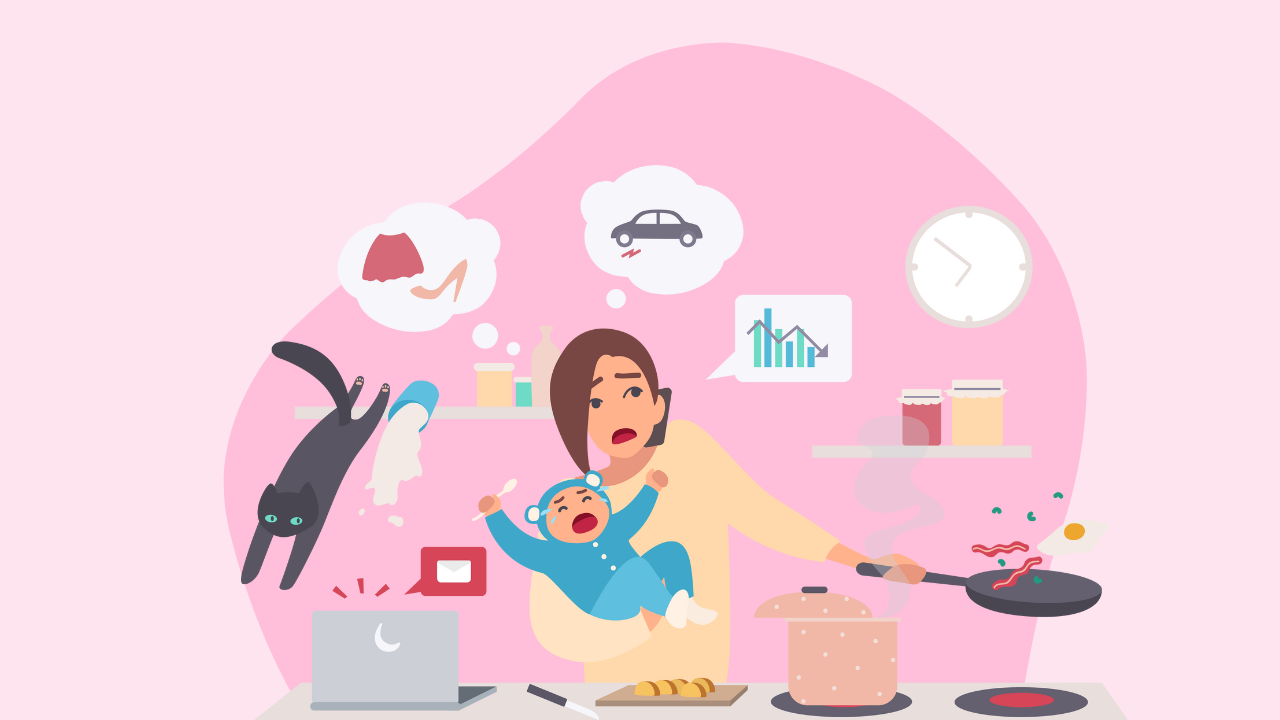How a 100-Year-Old Woman Confronted Breast Cancer

Layne Horwich found the lump while doing something unremarkable: slipping into her nightgown. What followed was anything but ordinary. According to NBC News, Horwich, a centenarian from Illinois, soon underwent a mammogram that confirmed the presence of stage 1 breast cancer.
"I was putting on my nightgown one night and realized there was a lump there," Horwich told NBC. That moment, seemingly routine, marked the beginning of a rare clinical scenario: breast cancer in a woman over the age of 100.
Horwich was not interested in sitting still. "I wanted it out," she said. It is a sentence that captures the unyielding pragmatism of a woman who has lived through two world wars, multiple recessions, and the invention of the internet. "I was so happy I didn't have a stroke or a heart attack because I would have been incapacitated," she added, referring to the fortitude that made treatment possible.
According to Dr Catherine Pesce from NBC News, an oncologist involved in Horwich’s care, treatment was considered optional. "Many 100-year-olds would probably choose to do nothing, and we talked about that as an option," she said. Yet Horwich’s sustained physical activity gave her access to a broader spectrum of treatment paths. Pesce explained that aside from watchful waiting, two other choices were on the table: endocrine therapy, which slows the growth of hormone-sensitive cancers, and surgery.
Horwich chose the latter. She underwent a successful lumpectomy and avoided both chemotherapy and radiation — outcomes that physicians described as extraordinary. According to Pesce, Horwich’s active lifestyle, which included playing tennis until the age of 92, was a decisive factor in her eligibility for a surgical intervention.
Age is an undeniable risk factor. According to the American Society of Clinical Oncology, the likelihood of developing breast cancer increases with age, and cases over 100 are exceedingly rare.
Yet Horwich is not merely surviving — she is thriving. She recently turned 101, passed her driver’s test, and continues to live independently. She spends her days surrounded by her three daughters, seven grandchildren, and seven great-grandchildren.
Breast cancer, though often framed as a disease of middle age, does not adhere to the boundaries of expectation. According to the National Cancer Institute, it begins when breast cells undergo genetic mutations that prompt uncontrolled growth. While doctors do not fully understand what triggers the transformation, several risk factors are well-documented: age, sex, family history, genetic mutations such as BRCA1 and BRCA2, alcohol use, obesity, radiation exposure, and hormone replacement therapy.
Roughly 80 percent of breast cancer cases are invasive, meaning cancer cells have the potential to spread beyond the breast to other organs. Although the majority of diagnoses occur in women over 50, younger women are not immune, and as Horwich proves, neither are those well beyond that age.







